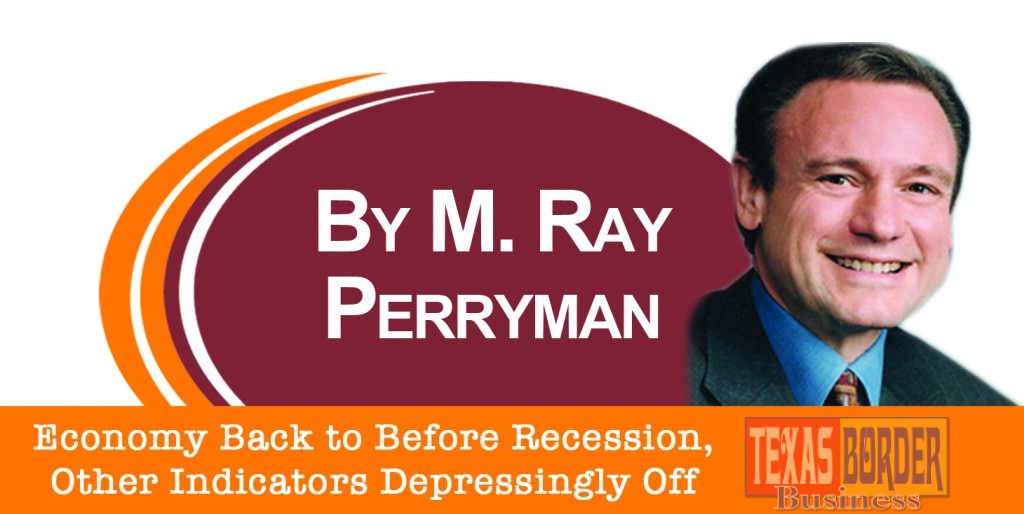
Texas Border Business
Although the economy is finally almost back to where it stood before the recent recession by some measures, other indicators remain depressingly off. Job gains have been spotty, both in terms of industry and geography. Some states are still struggling to deal with high unemployment and a lack of opportunities.
In addition, long-term unemployment is a problem, with many job seekers giving up. Fallout from the recession also continues for state and local governments, which experienced notable declines in tax receipts when the economy went into recession.
Only about half of all states are back to their previous peak levels of tax collections, according to a study by the Pew Charitable Trusts. At one end of the spectrum is North Dakota, with collections now running more than 119% above their level before the recession, thanks to a major oil boom in that state. Illinois is up 23% and Minnesota is almost 21% higher.
Texas compares well, with a rise of 9% over the previous high level. However, many states continue to experience dramatically lower tax revenues: Alaska down 60%, Florida down 20%, many down more than 15%.
Of course, it’s crucial to note that tax revenue recovery can also be driven by policy changes.
Many of the states now collecting more dollars have increased tax rates. In addition, state and local governments rely on a range of taxes.
Income, property, and sales levies are the largest categories, but there are numerous other taxes and fees. Some of these revenue streams have recovered more quickly than others (notably property taxes are lagging in many real estate markets that are still depressed).
The drop in state and local tax revenue was steep during the downturn, with federal grants through the American Recovery and Reinvestment Act (ARRA or the “stimulus”) in 2009 helping only a little. Moreover, the recovery has been slow compared to other time periods, both for the economy and for tax receipts. Over the past few years, needed investments have been put off where possible given budget constraints. These deferrals only make the long-term problem worse. It will take time to work through the backlog, and with budgets stretched at the federal level, there is little hope of an infusion of funds from that direction.
Texas’ tax structure is unique in that we are one of only a handful of states without an income tax on individuals or corporations (although the “margins tax” shares some similar characteristics). (Among the other states, only Nevada, Washington, and Wyoming have no income taxes; Alaska, Florida, and South Dakota tax individuals, but not corporations.) The Lone Star State also has no State property tax levy (unlike the majority of states), leaving that source of revenue strictly for local taxing entities.
Looking to the future, it is important to ensure that the economic and population growth also generates enough tax dollars to keep up with the expanding need for state and local services. This objective can only happen with some fundamental reforms.












